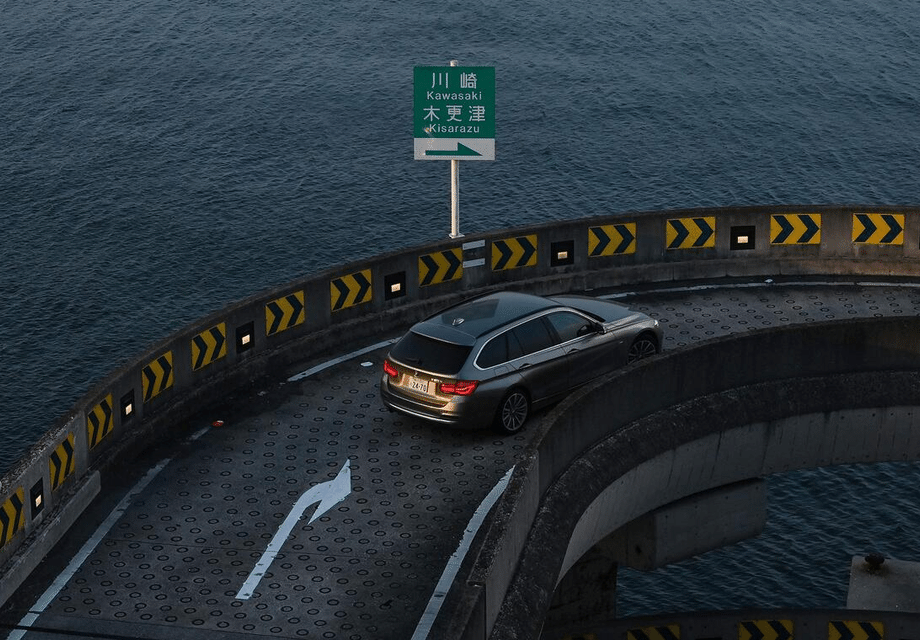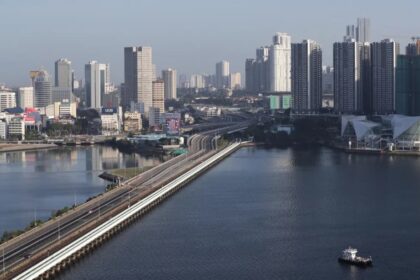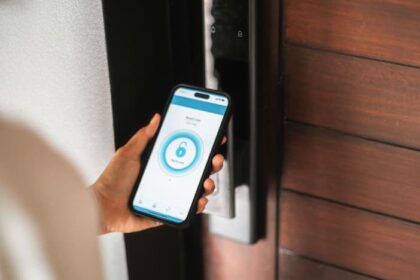Why Japan is raising the bar on license conversions
Japan has introduced a tougher process for converting foreign driver licenses to Japanese ones, a change that took effect on Oct 1, 2025. The reforms remove access for nonresidents, require verified residency for all applicants, and raise the difficulty of both knowledge and skills checks. The move follows a series of accidents involving drivers who held converted licenses, and it marks the most substantial reset of the system in years. For foreign residents who plan to drive, it means more preparation, more paperwork, and a higher standard of proof that they understand local traffic rules.
- Why Japan is raising the bar on license conversions
- What changed on Oct 1, 2025
- Who qualifies for exam exemptions
- Driving in Japan as a visitor without conversion
- Documents and steps you will need
- What the tougher tests look for
- Why officials moved now
- Effects on residents, employers, and travel
- Edge cases, renewals, and verification
- Key Points
Police data shows rapid growth in conversions over the past decade. In 2024, 68,623 people obtained Japanese licenses through conversion, more than double a decade ago. Vietnamese citizens accounted for the largest single group at 16,681, with Chinese and South Korean nationals following. Officials have also highlighted safety concerns. Cases in which foreign drivers were assigned the highest share of fault reached a record 7,286 last year, about 2.7 percent of all crashes nationwide. The numbers, and several high profile incidents, sharpened a debate over whether the prior process set the bar too low.
The previous system allowed short stay visitors to list hotels or short term lodging as an address for conversion. The knowledge test contained only 10 questions and could be cleared with seven correct answers. Critics in the Diet argued that a test of that length could not ensure a full grasp of Japanese road rules. The reforms close the address loophole and reset the written and practical tests to a stricter standard.
What changed on Oct 1, 2025
Residency became a core requirement. Nonresidents can no longer convert a foreign license in Japan. Every applicant, regardless of nationality, must present a copy of a residence certificate (Juminhyo) issued by a municipal office. That removes eligibility for tourists and other short stay visitors who are not on the resident registry.
The written exam is far more demanding. It has expanded from 10 to 50 questions, and applicants must score at least 90 percent to pass. Centers continue to offer language versions of the test in about 20 languages. The driving skills check on enclosed test courses also became stricter. Examiners pay closer attention to behavior at pedestrian crossings, railway crossings, and other high risk points, as well as hazard scanning, signaling, and lane discipline.
Renewal rules also tightened. A foreign national who obtained a Japanese license cannot renew it if they no longer have a residence certificate at the time of renewal. Japanese citizens who live abroad can still convert a foreign license when they return by submitting alternative proof of address such as a family register certificate, rather than a residence certificate.
Who qualifies for exam exemptions
Japan places applicants into two broad groups for conversion. One group can complete conversion with paperwork only. The other must pass both the written exam and a closed course driving test. The category depends on the country or region that issued the original license and on proof that the holder lived in that place for a period after issuance.
Holders from the following places are generally exempt from both the written and the practical test when converting, provided the license is valid and the holder can prove at least three months of residence in the issuing country after the license was issued: Australia, Austria, Belgium, Canada, Czech Republic, Denmark, Finland, France, Germany, Greece, Hungary, Iceland, Ireland, Italy, Luxembourg, Monaco, Netherlands, New Zealand, Norway, Poland, Portugal, Slovenia, South Korea, Spain, Sweden, Switzerland, Taiwan, the United Kingdom, and the United States states of Colorado, Hawaii, Maryland, Ohio, Oregon, Virginia, and Washington. Indiana license holders are typically exempt from the practical test but take the written exam.
Applicants from countries and regions not listed above must sit the new 50 question written test and take the driving test on a prefectural licensing center course, in addition to vision screening and paperwork checks.
Driving in Japan as a visitor without conversion
Short stay visitors who do not convert a license can still drive legally in Japan if they meet one of these conditions. They carry a valid International Driving Permit (IDP) issued under the 1949 Geneva Convention by a country that is party to that treaty. Or they hold a license from Switzerland, Germany, France, Belgium, Monaco, or Taiwan and carry an official Japanese translation of that license. These are established pathways separate from conversion and are designed for short periods of driving in Japan.
An International Driving Permit is not issued in some countries, including China and Vietnam. Citizens from those places need to convert a license or earn a Japanese license by taking the standard tests at a licensing center if they wish to drive in Japan. An IDP or a translated license is intended for short stays. It does not replace conversion for those who become residents.
Documents and steps you will need
Requirements can vary by prefecture, but licensing centers across Japan follow a common checklist and sequence. Plan for multiple visits if a driving test is required, and make an appointment when your local center offers reservations. Prepare all documents in advance to avoid repeat trips.
Required documents
- Valid foreign driver license
- Passport
- Official Japanese translation of the foreign license from the Japan Automobile Federation (JAF) or a relevant embassy
- Residence certificate (Juminhyo) issued by your municipal office
- Residence card for mid to long term foreign residents
- One recent photograph that meets size and format rules
- Any Japanese license you currently hold or held in the past
- International Driving Permit if applicable
- Proof that you lived in the license issuing country for at least three months after the license was issued
- Additional proof of travel history if your passport does not show entry or exit stamps
- Fees and any corrective lenses required for driving
Step by step at the licensing center
- Book an appointment if your prefecture requires or offers reservations
- Obtain the official Japanese translation and gather all documents on the checklist
- Submit your application and documents for verification at the counter
- Complete eye and color vision checks
- Take the 50 question written exam in an available language version
- If required, schedule and complete the closed course driving test
- Pay issuance fees and collect your Japanese license upon passing
The written exam is text based. Many centers offer multiple language versions of the test, but counter explanations and guidance are usually provided in Japanese. Study materials such as the Rules of the Road handbook are available in several languages and can help you prepare for both the written and practical parts.
What the tougher tests look for
The expanded knowledge exam places more weight on realistic traffic situations and the norms that shape safe driving in Japan. Questions cover priority at crosswalks, right of way at intersections, the meaning of stop lines and signals at railway crossings, appropriate speed on narrow residential lanes, and the use of mirrors and hazard lights. The test also checks understanding of signs, pavement markings, and the penalties for key violations.
On the closed course, examiners score detailed procedures that are easy to overlook if you are used to a different testing style. They expect mirror checks and head turns to clear blind spots, signaling at the correct distance before a turn, full stops at stop lines, and a complete stop before railway tracks followed by a deliberate look left and right. Examiners also watch for proactive scanning for pedestrians and cyclists at crossing points and for smooth vehicle control in tight spaces.
Many candidates who fail the first attempt do so because of small procedural errors. Practice sessions in a training car, especially with an instructor who explains local testing conventions in your language, can raise your odds of passing.
Why officials moved now
Public debate intensified after a series of incidents involving drivers who had converted foreign licenses. Lawmakers questioned whether the previous 10 question written test and the acceptance of hotel addresses created gaps in knowledge checks and address verification. The new rules respond to those concerns by tightening both the exam and the identity and address requirements.
Police also cited an administrative challenge. When applicants used temporary lodging as an address, follow up after violations or crashes became harder. Requiring a residence certificate links a license to a verifiable address on the resident registry, which can improve notifications, investigations, and compliance.
Officials say the goal is to keep conversion available for qualified residents while making sure new license holders can demonstrate a clear grasp of Japanese traffic rules and testing procedures.
Effects on residents, employers, and travel
Foreign residents will need to plan earlier, particularly those from Group 2 countries that require both exams. Technical intern trainees, students, and new hires who drive for work may need help from employers to secure translations, study materials, and driving practice time. Scheduling can be an issue in large cities, so early reservations can shorten the process.
Car rental firms and tourism operators expect fewer attempts by short stay visitors to obtain a Japanese license. The focus for travelers shifts to renting with an International Driving Permit or with a translated Swiss, German, French, Belgian, Monaco, or Taiwan license. The rule change is designed to limit conversion to people who actually live in Japan and who can be reached through the resident registry.
Driving schools report steady demand for instruction in English and other languages. Some schools publish handbooks and videos in multiple languages, and lessons often focus on the test sequence, examiner expectations, and common errors that sink otherwise capable drivers.
Edge cases, renewals, and verification
A converted license follows standard renewal cycles. Under the revised system, foreign nationals must still be on the resident registry at renewal. If a holder has left Japan and no longer has a residence certificate, renewal will be denied. This rule aligns the conversion system with the basic requirement that license holders be reachable at a registered address.
Japanese citizens who live abroad can convert a foreign license when they return by presenting alternative proof such as a copy of a family register certificate. Special categories, including diplomats and certain organization members, may be recognized with documents from their organizations. Applicants should confirm details with the prefectural licensing center that will process their case.
Authorities have emphasized careful checks of the authenticity of foreign licenses and translations. Translations must be prepared by authorized bodies such as the Japan Automobile Federation or relevant embassies. Applicants should allow time for document verification, which can take longer if records or stamps are not straightforward.
Key Points
- Reforms took effect on Oct 1, 2025 and target conversion of foreign licenses
- Nonresidents can no longer convert; a residence certificate is mandatory
- Written exam expanded to 50 questions with a 90 percent pass mark and about 20 language versions
- Practical test places extra focus on pedestrians, railway crossings, and hazard scanning
- Foreign nationals cannot renew a converted license without a current residence certificate
- Japanese citizens living abroad can convert by presenting a family register certificate
- Conversions reached 68,623 in 2024; Vietnamese formed the largest group, followed by Chinese and South Koreans
- Police recorded 7,286 crashes where foreign drivers bore the highest share of blame, 2.7 percent of all cases
- Exemptions from exams apply to specific countries and some United States states, subject to proof of post issuance residence
- Tourists should rely on an International Driving Permit or a translated license from designated jurisdictions, not conversion












